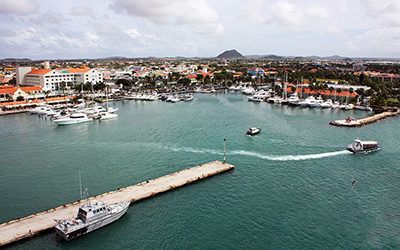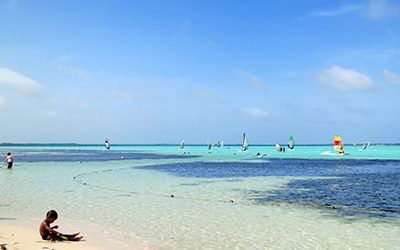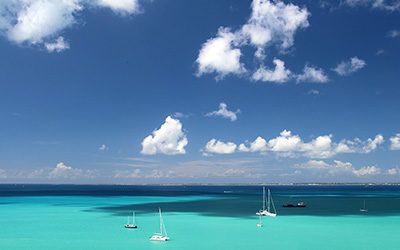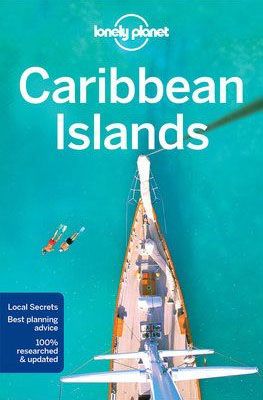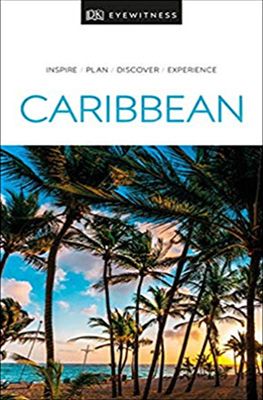The Dutch Caribbean in a nutshell
Since 10 October 2010, the Netherlands Antilles no longer exist. The six islands in the Caribbean that are part of the Kingdom of the Netherlands are still called as such by many people out of habit. You can distinguish between the Leeward Islands Saba, St. Maarten and St. Eustatius in the northeast of the Caribbean, and the Leeward Antilles Aruba, Bonaire and Curaçao near Venezuela in the south.
The islands of the Caribbean Netherlands are known as a wonderful holiday destination where it is almost always sunny and warm. You will find beautiful sandy beaches with warm, turquoise blue water where you can enjoy water sports such as swimming, snorkelling, diving, surfing and sailing. But the islands have surprisingly much more to offer than just sun and sea. Nature lovers and hikers will also find what they are looking for on the islands!
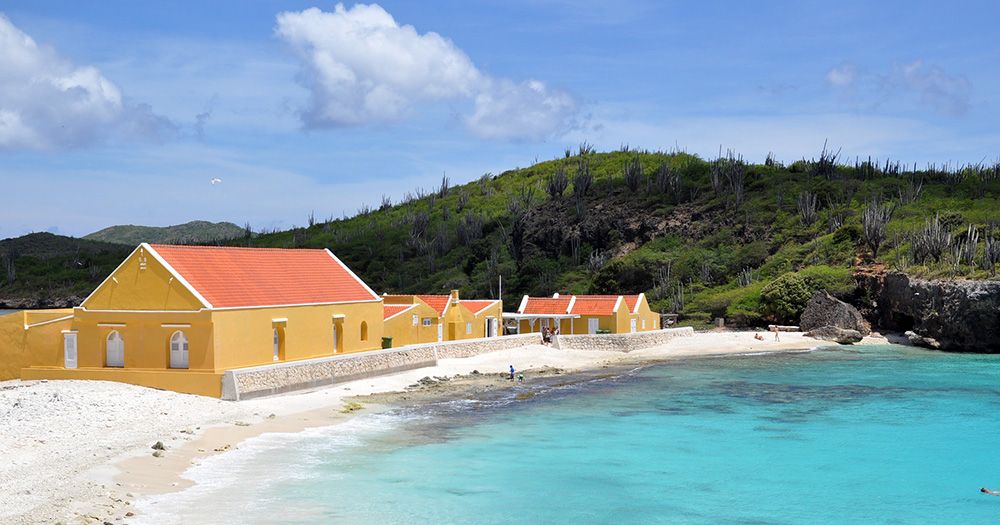
Accommodation
The type of accommodation usually varies greatly per island. On St. Maarten, Aruba and Curaçao, you will find large hotel chains, while on Bonaire there are mainly diving resorts but also boutique hotels, and on Saba and St. Eustatius you will find many charming small hotels or bed & breakfasts as well as apartments.
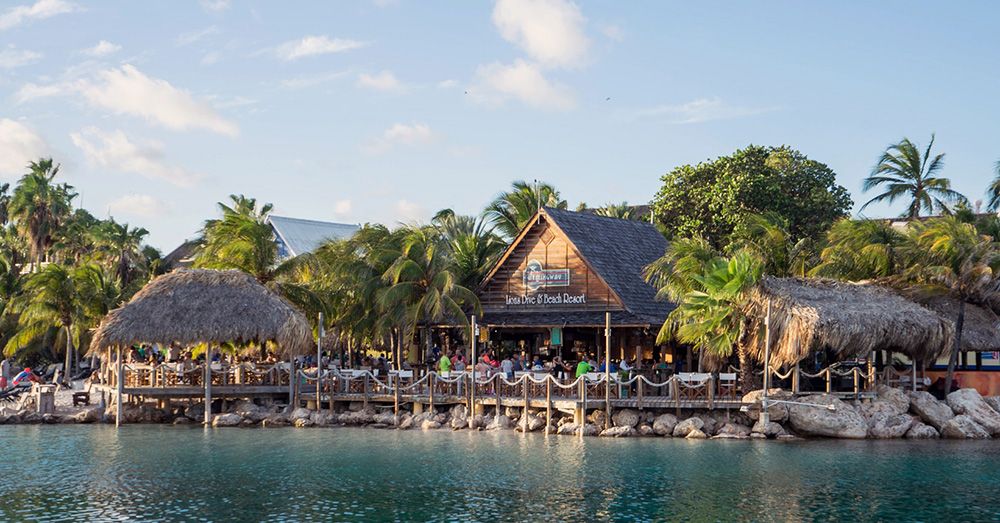
Travel advice for the Dutch Caribbean
On the Leeward Antilles, (petty) crime is a risk to a small to medium extent. This is especially true for Curaçao, where it is better to avoid some neighbourhoods in the evening. In general, the advice is just to use your common sense. For instance, do not wear obviously expensive jewellery or other valuables, and do not leave valuables in your rental car. As we ourselves have lived on Curaçao for several years and have a place for the island in our hearts, we come back once every three years. In all those times we have not experienced any problems with crime. The current crisis in Venezuela, however, is causing more unemployment in Curaçao in particular, which does increase the risk of crime.
The Leeward Islands are located in an area where hurricanes occur in our summer and early autumn. For example, the devastating hurricane Irma raged across the islands in August 2017. This hurricane was the first of the highest category ever to cross that part of the Caribbean. The last hurricane of any significance passed over the islands in 2005. Always check the latest travel advice on gov.uk before departure.
Healthcare
There are no special health risks for the Dutch Caribbean. However, mosquito-borne diseases such as dengue (dengue fever), chikungunya and Zika do occur. Therefore, protect yourself well from mosquito bites, both during the day and in the evening.
The medical facilities on the islands are generally excellent. Basic medicines are readily available at the local pharmacy but it is better – if applicable – to bring your own travel pharmacy kit with medicine. Don’t forget to bring your doctor’s prescription as well. This applies in particular to medicines covered by the Opium Act.
On the Leeward Antilles Aruba, Bonaire and Curaçao drinking water is obtained from seawater. The tap water on these islands is therefore safe to drink. On the Leeward Islands bottled water is recommended.
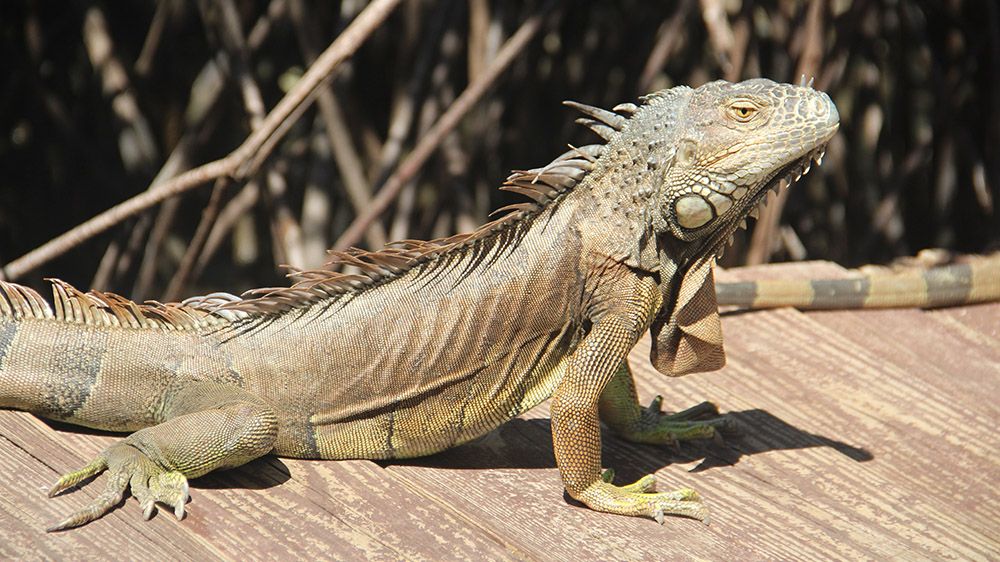
Best time to travel to the Dutch Caribbean
The Leeward Antilles have good weather all year round. There is almost always a fairly powerful, wonderfully cooling trade wind blowing through the area. Statistically, most of the rain falls in May, October, November and December. However, we find the differences with the ‘dry’ months to be very small. In September it can be very oppressive because the wind is not as strong in that period.
In general, the best travel time for the Leeward Islands is from December to May. In the summer you often have oppressive weather and the chance of a heavy rain shower at the end of the afternoon increases. In the months of August and September there is some risk of a (tail of a) hurricane. We visited the Leeward Islands in the spring and had very good, pleasant weather. Not too warm with beautiful blue skies.
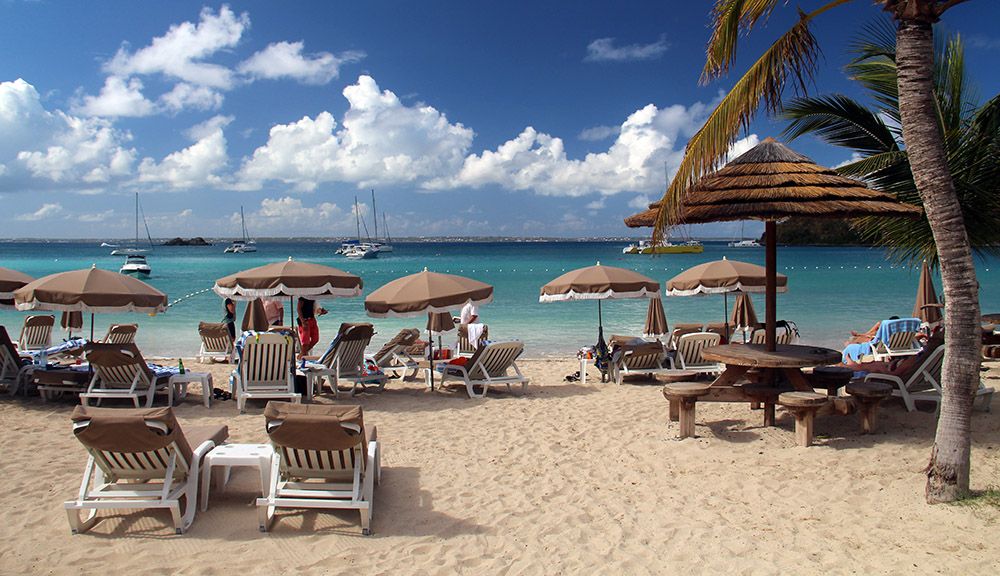
Visa for the Dutch Caribbean
British or Irish passport holders do not require a tourist visa to enter the Dutch Caribbean, although a valid passport is an entry requirement and must be valid for the entirety of your trip. Additionally, your passport must have unused visa pages. Use iVisa’s Visa Checker to see what other requirements may apply.
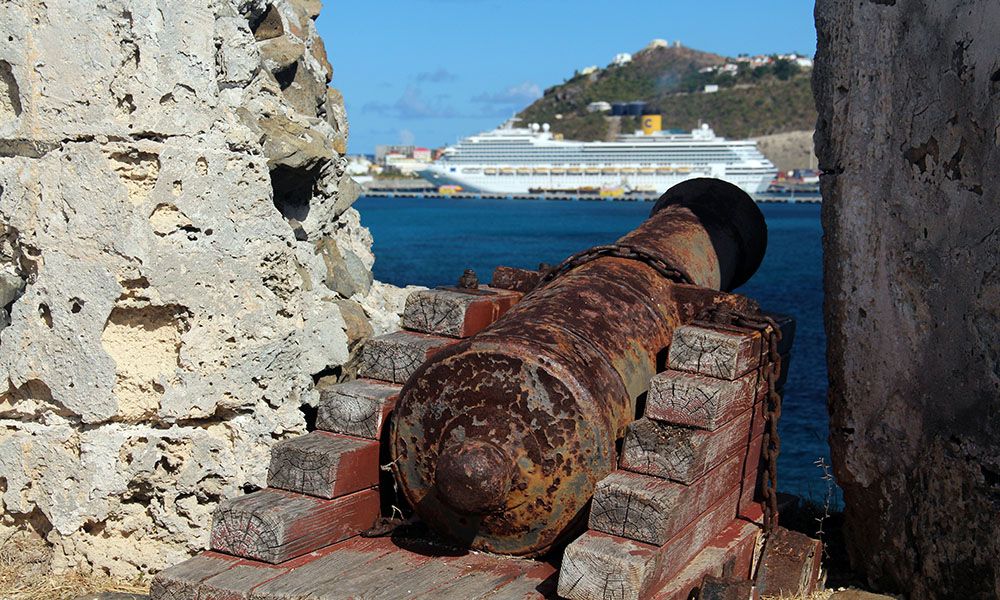
Food and drinks in the Dutch Caribbean
On the islands you will find a mix of many international cuisines but although there are many similarities, we find the cuisine of the Leeward Antilles noticeably different from that of the Leeward Islands.
Leeward Antilles
As many fresh products used to come from Venezuela (due to the current situation in Venezuela, there is currently an export ban from Venezuela), the local cuisine on the Leeward Antilles is also similar to that of South America.
What you often see are meals with stew or meat fried in high fat, and rice or a kind of semolina of corn. In addition, the meat, especially on Bonaire, mostly comes from goats. Most Antilleans eat their large (hot) meal at lunchtime. Tourists, however, go to one of the many, often very nice, restaurants in the evening for their hot meal. Count on a lot of fish (or meat) if you go for the local style.
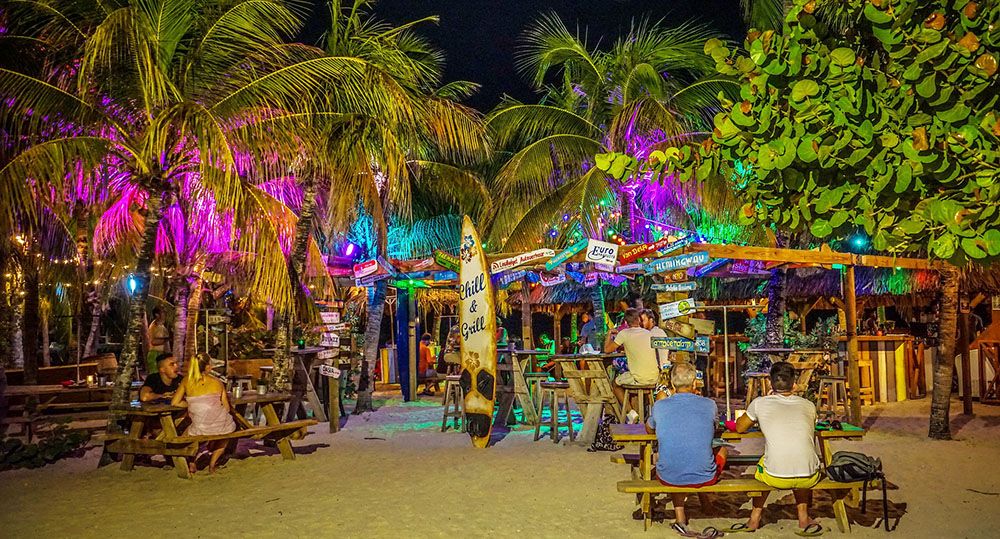
What I was addicted to on Curaçao were the pastechis, a savoury pastry filled with tuna, chicken, meat or cheese. A visit to the islands is not complete without a pastry as far as I’m concerned!
For a quick snack with spontaneous appetite you can also go to the ‘Snèk’ (often greasy chips with fried meat or fish) and the so-called truk’i pan (food truck). Personally, I think the food in the truk’i pan is usually (a lot) better than in the Snèk.
On the Leeward Antilles there is nowadays only one kind of locally brewed lager, namely the Balashi brewed on Aruba that you can also get on Curaçao and Bonaire. Before 2006, Amstel Bright was brewed on Curaçao, which is somewhat similar to Corona. Since then, the beer has come from the Heineken brewery in the Netherlands. On Curaçao, people often drink the Venezuelan-brewed Polar. Since 2015, for the beer lovers (like us), there is also a small-scale brewery on Curaçao that brews speciality beers. They are located in a small country house where you can also enjoy a nice meal on the terrace.
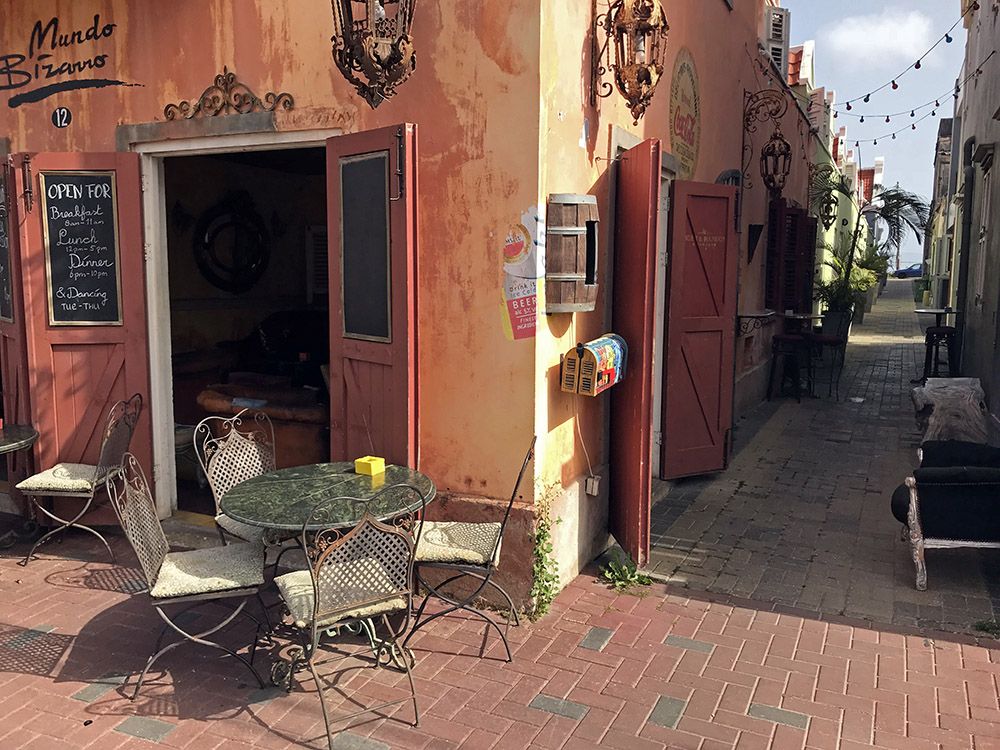
Leeward Islands
The Leeward Islands offer similar dishes to the neighbouring English islands. People eat rice and peas with chicken or with goat or pork. In addition, sweet potatoes, breadcrumbs, fruit, fish, shellfish and typical herbs and spices are widely used ingredients in the local cuisine.
Just like on the Leeward Antilles the main meal is usually eaten at lunchtime. This meal consists of a nutritious soup, fish or meat and funchi (corn semolina).
On St. Maarten there are many (international) restaurants in both the Dutch and French parts of the island, although the catering industry is still recovering from hurricane Irma that hit the island in 2017 especially in the French part. But on the small islands of Saba and St. Eustatius as well, you certainly won’t go hungry!
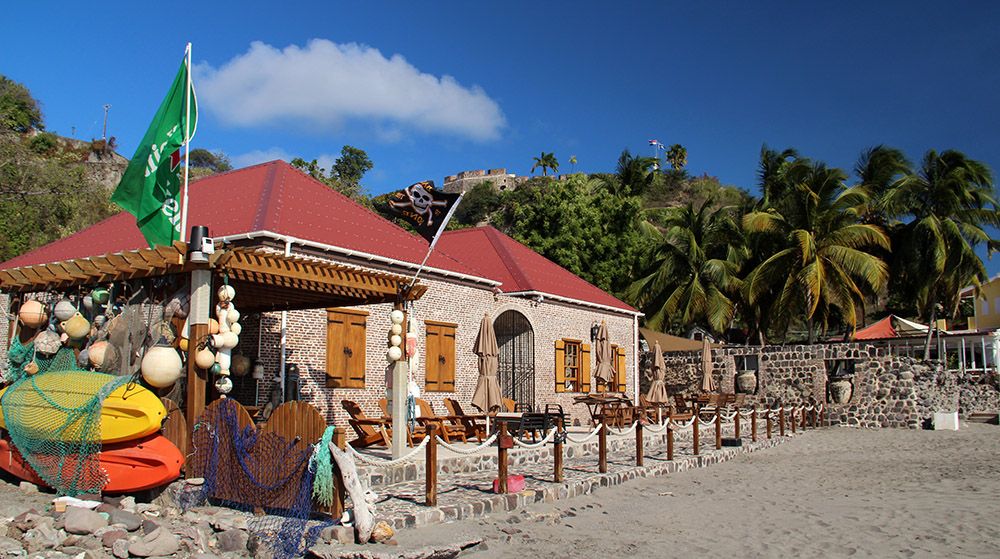
Electricity
The Leeward Islands have type A and B sockets. The mains voltage is 110 Volts at 60 Hz. For this you need an adapter. You can buy this adapter at Amazon, for example. On St. Eustatius you have type F sockets with 220 volts. On the Leeward Antilles you use type A, B and F sockets. The mains voltage is 127 / 220 V at 50 Hz.
For equipment with a British plug you would need an adapter.
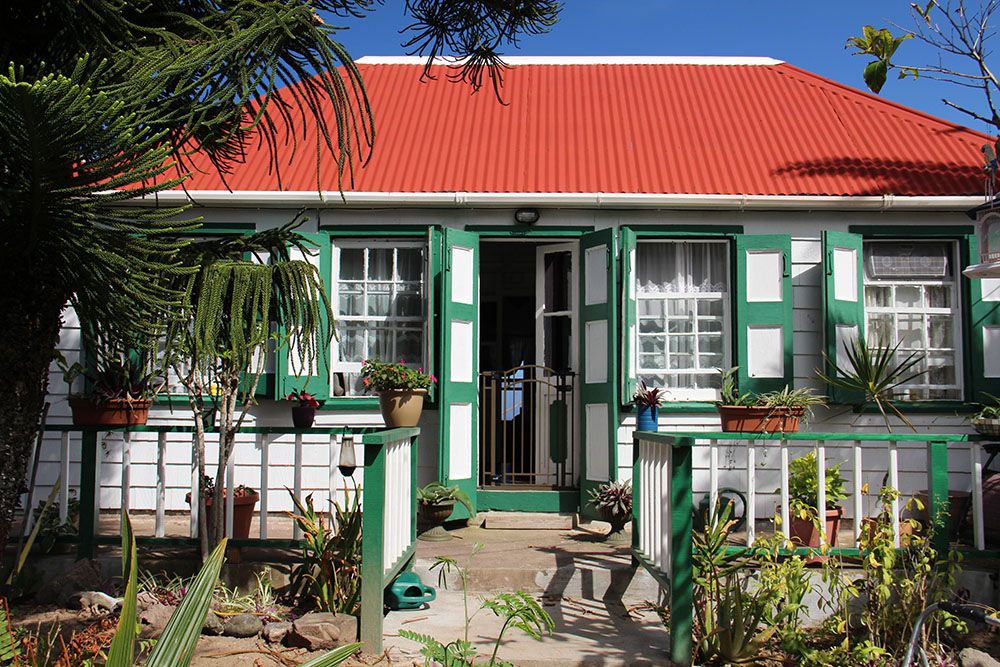
Money matters
In Curaçao and St. Maarten you pay with the Antillean guilder (NAF), in Aruba with the Aruban guilder (AWG). Both currencies are linked to the American dollar exchange rate at a fixed rate of 1.77 or 1.78 NAF/AWG per dollar. Shops, restaurants and hotels accept American dollars and usually charge a rate of between 1.75 and 1.80 NAF/AWG per dollar. On all other islands, for practical reasons, you pay with US dollars.
Compared to the Netherlands, the (former) Netherlands Antilles are quite expensive to stay in and food and drinks in restaurants is also quite expensive. For example, the price level in Aruba is 30% higher than in the Netherlands. Curaçao is the cheapest island to stay on.
Dutch Caribbean islands
Aruba
Aruba is the most westerly and smallest of the ABC islands. Despite its limited size, the beautiful island has a lot to offer for people of all ages! Just like the nearby islands of Curaçao and Bonaire, Aruba has a wild, rocky north-eastern coast and a calm...
Bonaire
After Curaçao, Bonaire is the largest island of the Caribbean Netherlands. In our opinion, the biggest attraction of the island is the fantastically beautiful, turquoise sea with very healthy, colourful coral reefs. But the island also...
Sint Maarten
Sint Maarten (and Saint Martin) is known as a sunny Caribbean beach destination. Not only Americans but also more and more Europeans know how to find this wonderful, windward island. The many beautiful white sandy beaches and the turquoise sea water are not only...

